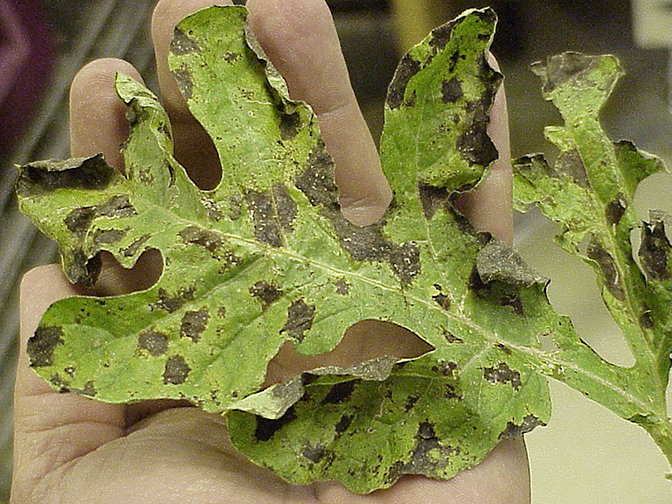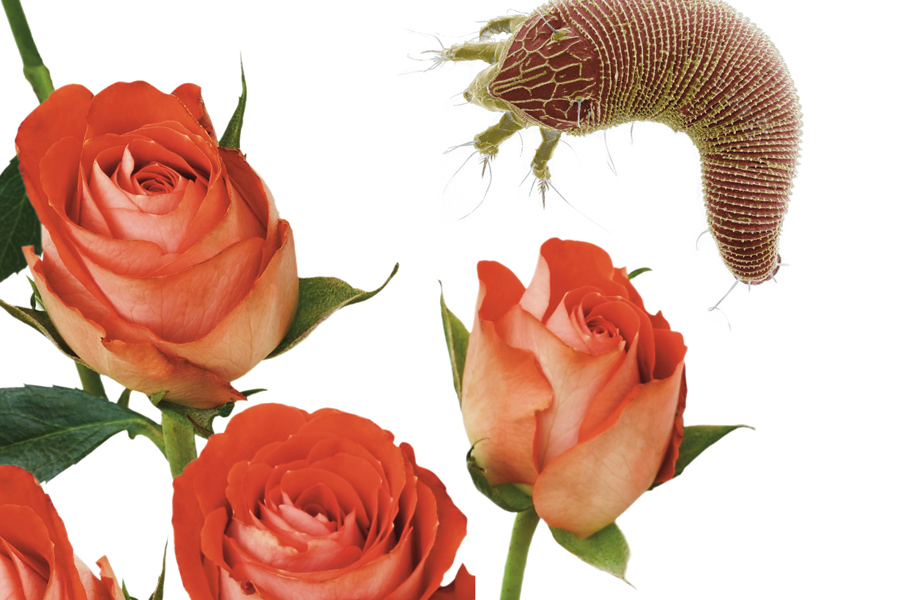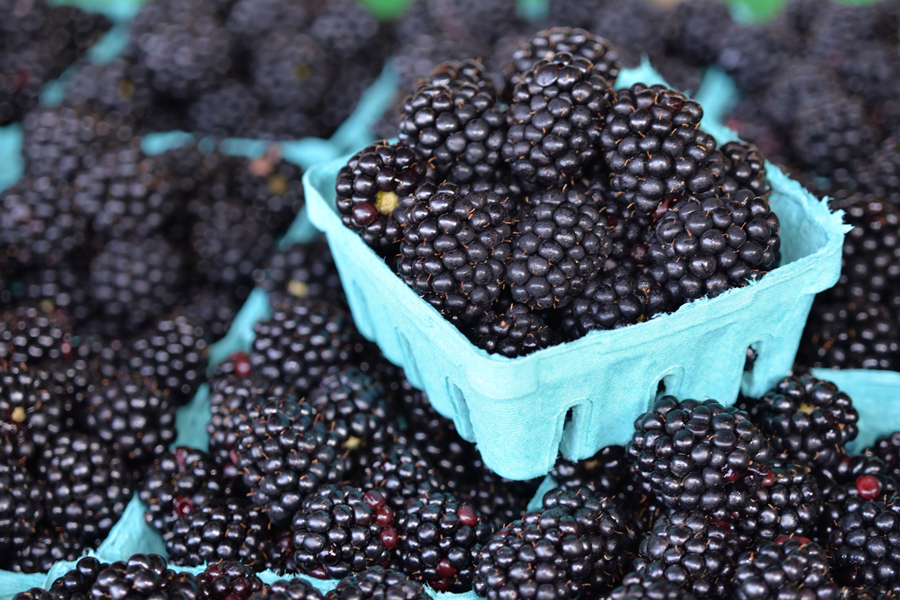University of Georgia plant pathologist Bhabesh Dutta is confident that Georgia watermelon growers will encounter downy mildew at some point during the growing season — it’s just a matter of timing and severity.
Dutta encourages farmers to be proactive when dealing with this devastating disease.
“It’s going to happen. It happens every year. The severity and degree of the outbreak will vary depending on when it gets in. If it happens early in the growing season, it can cause considerable economic losses,” Dutta said.
Harvest season for watermelons in Georgia runs from the first week of June to the second week of July.
Farmers should be applying chemical treatments for downy mildew even if they don’t see signs of the disease, Dutta said. Waiting until it’s too late can result in the watermelon crop becoming damaged very quickly.
Downy mildew can degrade or destroy the plant’s foliage very rapidly. It thrives in a wet, humid environment, and the fungi need the water on plant tissue to germinate and infect the plant.
Under favorable conditions, severe foliar infection can occur and cause the leaves to curl and eventually die.
If the leaves are damaged, they cannot protect and shade the fruit. As a result, the watermelons can develop blisters or sunscald. This is especially concerning during hot summer days in south Georgia, where the bulk of the state’s watermelons are produced. Damage to the watermelons results in an unmarketable crop.
Last year, sunscald was a big problem for Georgia-grown watermelons and cucurbits like cucumbers, cantaloupe and squash, Dutta said.
“The hardest-hit crops, though, were cucumbers and watermelons. It’s a problem every year, but there are degrees. Some years are much worse than others, like last year,” he said. “This year, though, we haven’t experienced an outbreak in watermelons. However, limited outbreaks on cucumbers and cantaloupes have already been reported.”
The pathogen that causes downy mildew cannot survive hard frost, so it overwinters in frost-free regions like southern Florida. Every year during late May and into June, those spores are blown by wind currents into Georgia and other, more northern states.
“It’s mainly a weather-related pathogen. It loves fairly low temperatures and high humidity. Longer duration of leaf wetness and cooler night temperatures promote downy mildew infection,” Dutta said. “If you remember, from April until the first week of May last year, we had low temperatures, but high humidity. That triggered the downy mildew outbreak.”
At UGA, Dutta devotes almost half of his research to watermelons and onions, the top two vegetable crops in Georgia. Both crops are susceptible to several fungal and bacterial diseases. On watermelons, Dutta focuses on disease management and evaluates existing fungicides available to farmers.
According to the UGA Center for Agribusiness and Economic Development, watermelons generated $134.2 million in farm gate value in 2014. Georgia’s top three watermelon producing counties are Tift, Crisp and Turner.





